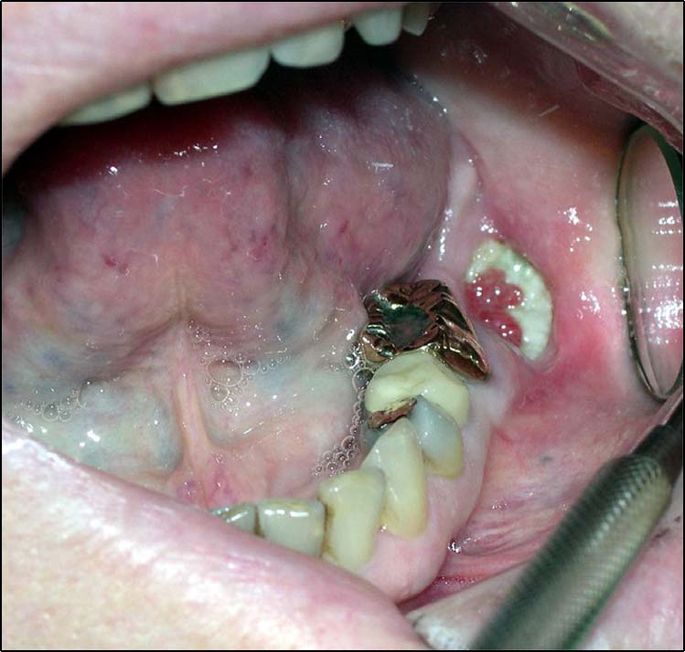Bone Research ( IF 12.7 ) Pub Date : 2020-03-11 , DOI: 10.1038/s41413-020-0088-1 Jason T Wan 1 , Douglas M Sheeley 1 , Martha J Somerman 1, 2 , Janice S Lee 1

|
It is well established that alterations in phosphate metabolism have a profound effect on hard and soft tissues of the oral cavity. The present-day clinical form of osteonecrosis of the jaw (ONJ) was preceded by phosphorus necrosis of the jaw, ca. 1860. The subsequent removal of yellow phosphorus from matches in the early 20th century saw a parallel decline in “phossy jaw” until the early 2000s, when similar reports of unusual jaw bone necrosis began to appear in the literature describing jaw necrosis in patients undergoing chemotherapy and concomitant steroid and bisphosphonate treatment. Today, the potential side effect of ONJ associated with medications that block osteoclast activity (antiresorptive) is well known, though the mechanism remains unclear and the management and outcomes are often unsatisfactory. Much of the existing literature has focused on the continuing concerns of appropriate use of bisphosphonates and other antiresorptive medications, the incomplete or underdeveloped research on ONJ, and the use of drugs with anabolic potential for treatment of osteoporosis. While recognizing that ONJ is a rare occurrence and ONJ-associated medications play an important role in fracture risk reduction in osteoporotic patients, evidence to date suggests that health care providers can lower the risk further by dental evaluations and care prior to initiating antiresorptive therapies and by monitoring dental health during and after treatment. This review describes the current clinical management guidelines for ONJ, the critical role of dental-medical management in mitigating risks, and the current understanding of the effects of predominantly osteoclast-modulating drugs on bone homeostasis.
中文翻译:

通过预防性牙科护理和了解危险因素来减轻颌骨坏死 (ONJ)
众所周知,磷酸盐代谢的改变对口腔的硬组织和软组织具有深远的影响。目前颌骨坏死 (ONJ) 的临床形式是在磷性颌骨坏死出现之前发生的。1860 年。随后在 20 世纪初从火柴中去除黄磷,导致“颌骨软骨病”数量相应减少,直到 2000 年代初,描述接受化疗的患者颌骨坏死的文献中开始出现类似的异常颌骨坏死报告以及伴随的类固醇和双膦酸盐治疗。如今,ONJ 与阻断破骨细胞活性(抗骨吸收)的药物相关的潜在副作用已众所周知,但其机制仍不清楚,且治疗和结果往往不令人满意。许多现有文献都集中在对双膦酸盐和其他抗骨吸收药物的适当使用、ONJ 的不完整或不发达的研究以及使用具有合成代谢潜力的药物治疗骨质疏松症的持续关注上。虽然认识到 ONJ 是一种罕见的情况,并且 ONJ 相关药物在降低骨质疏松患者骨折风险方面发挥着重要作用,但迄今为止的证据表明,医疗保健提供者可以通过在开始抗骨吸收治疗之前进行牙科评估和护理来进一步降低风险治疗期间和治疗后监测牙齿健康状况。这篇综述描述了目前 ONJ 的临床管理指南、牙科医疗管理在降低风险方面的关键作用,以及目前对主要破骨细胞调节药物对骨稳态影响的理解。



























 京公网安备 11010802027423号
京公网安备 11010802027423号